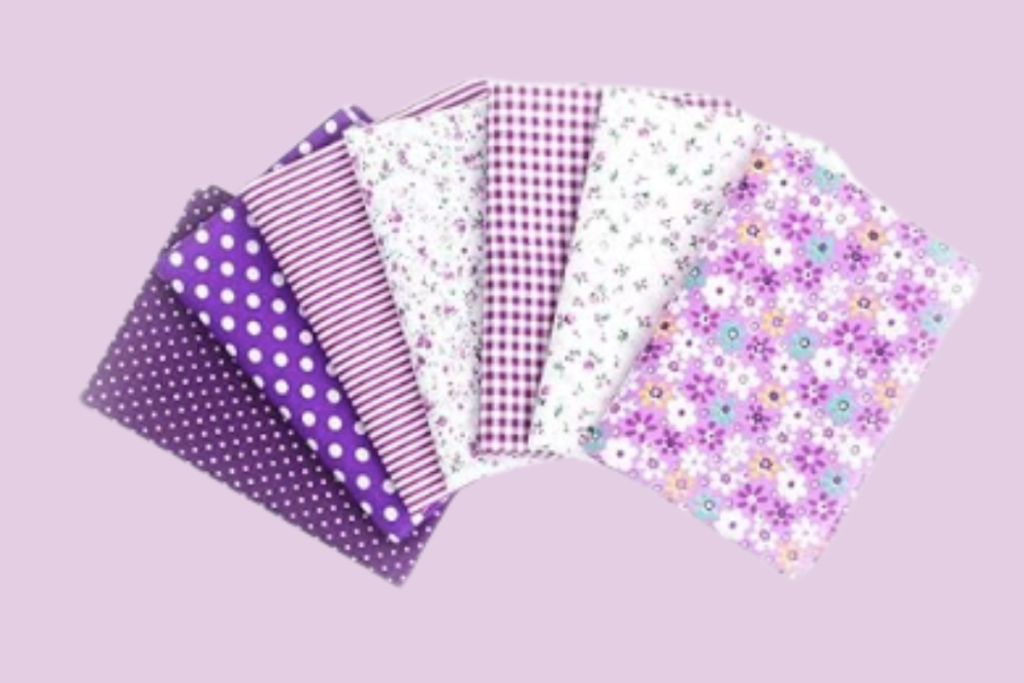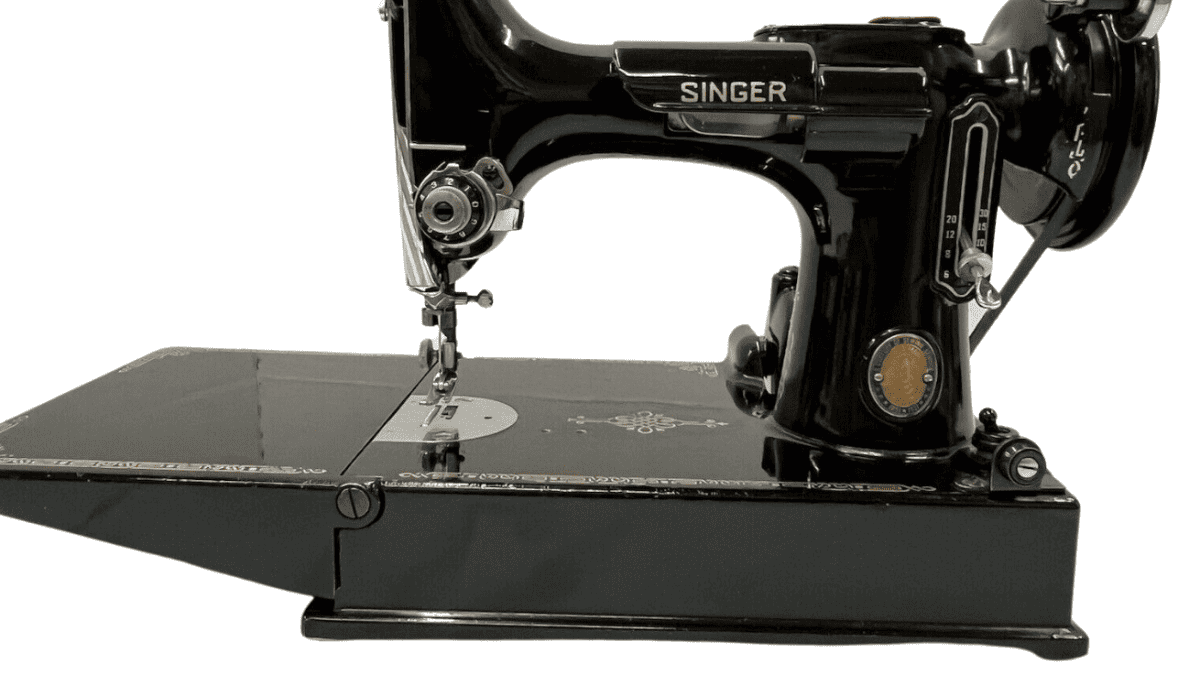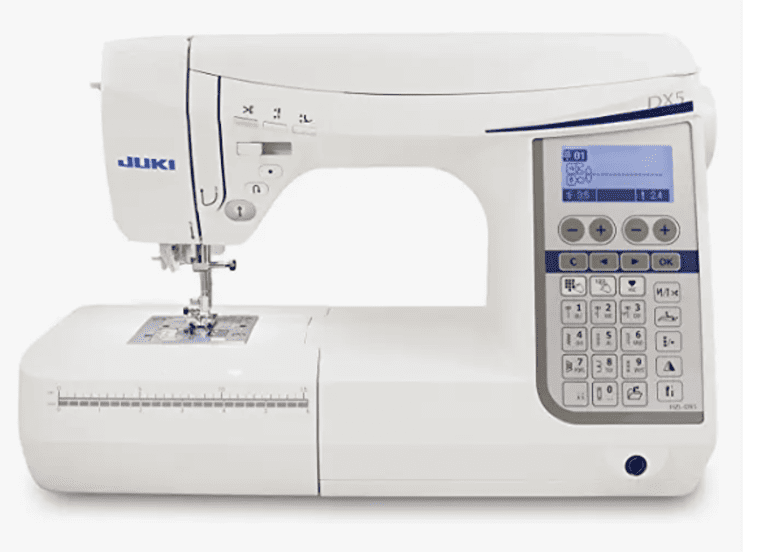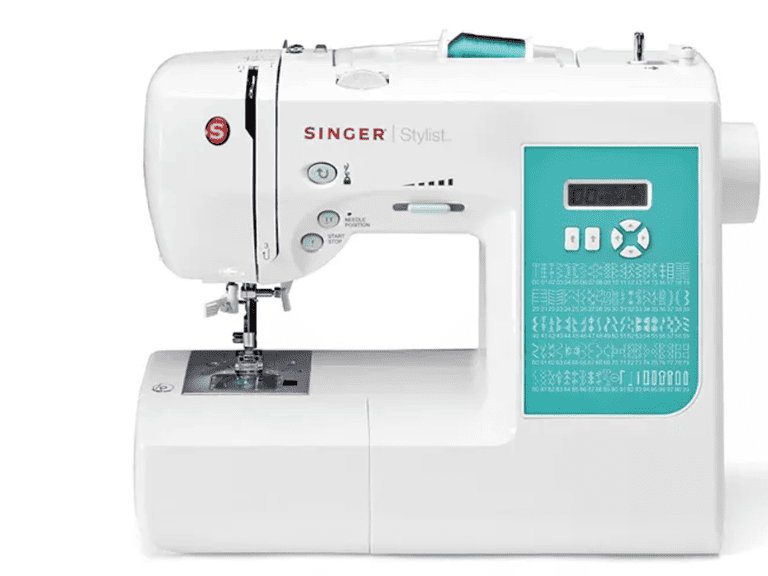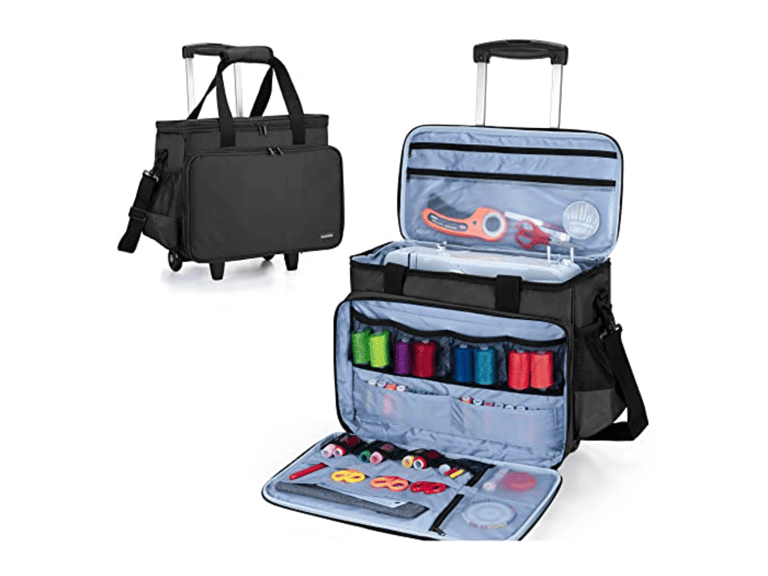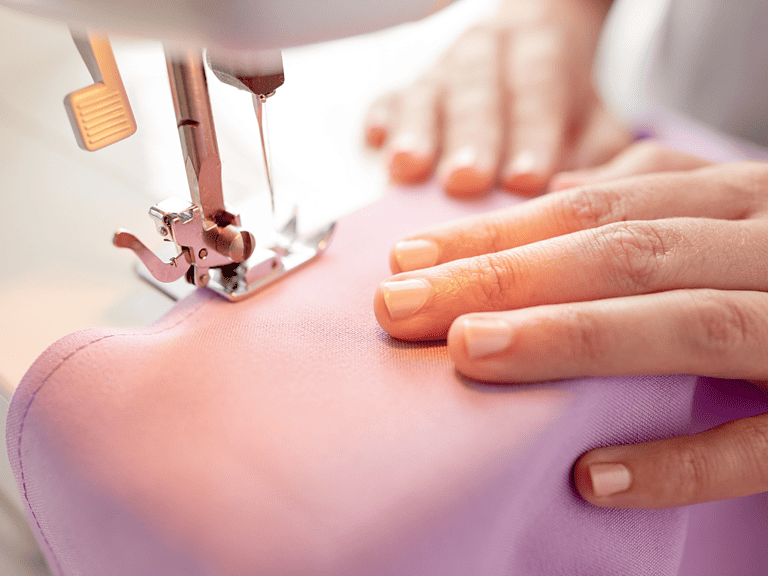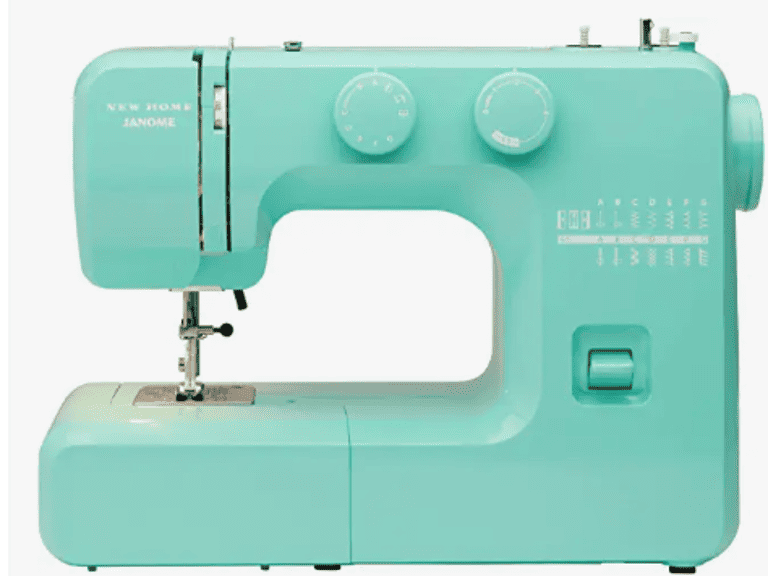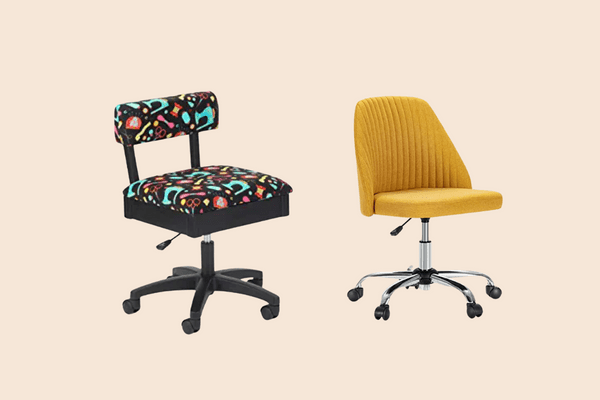10 Singer Sewing Machine Models By Year With Chart
Before we dive into Singer sewing machien models by year, we need to talk Singer. When you think about sewing machines, the name Singer likely comes to mind.
Isaac Singer’s brainchild, the Singer Manufacturing Company, revolutionized home sewing in the 19th century.
Over the years, Singer has introduced numerous models, each with its own model number and quirks.
Whether you’re a collector, a sewing enthusiast, or just curious, trawling through Singer’s diverse lineup gives you a glimpse into the ingenuity of the past.
As you explore Singer sewing machine models by year, you’ll notice the evolution from simple, hand-cranked machines to complex, computerized systems that cater to modern sewing needs.
Some of Singer’s vintage models are prized for their ornate designs and durability, while newer models boast precision and technology.
Knowing the model number of a Singer machine is key to understanding its features, as well as the era it hails from.
This guide makes it easier for you to identify and appreciate the rich history of Singer sewing machines that rests at your fingertips.
Singer Sewing Machines Models By Year
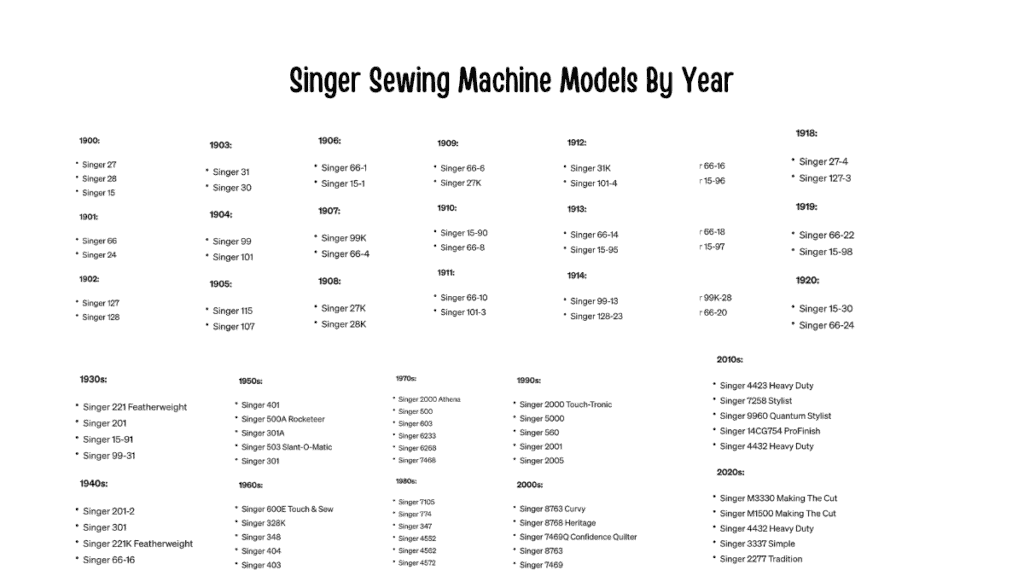
Singer sewing machines have transformed drastically from their inception, adapting to technological innovations and evolving consumer needs.
Let’s take a look at how these machines have changed over the years.
The Birth of a Giant
Isaac Merritt Singer introduced the company’s first sewing machine in 1851, revolutionizing the way you sew. This model of your machine stood out because it offered a more practical and efficient way to stitch than earlier methods.
The iconic Singer Model 1 was heavy and mounted on a table, which was typical of earlier models.
Progress Through the Years
As the decades passed, Singer’s offerings expanded. By the late 19th century, if you had an old machine, it might have been one like the Singer Class 66, first introduced in 1900.
This series was known for its “drop-in” bobbin, which made it easier for you to sew without stopping to adjust the bobbin.
The turn of the century marked a period when newer machines became more accessible and user-friendly:
- 1910s: Introduction of the Model 66 Red Eye, featuring ornate decals.
- 1920s: Singer Model 99 provided a portable solution with a knee control.
- 1950s: The slant-needle design of the Singer 301 offered you a new view of the needle area.
Modern Advancements in Singer Models
Today’s Singer sewing machines embody state-of-the-art advancements. If you buy a modern machine like the Singer Quantum Stylist 9960, you’ll find an array of features designed to make your sewing experience smoother:
- Computerization: Touchscreens and programmable patterns.
- Portability: Lightweight designs with easy storage options.
- Versatility: Hundreds of stitch options at your fingertips.
Singer’s current lineup of models continues to integrate the latest technology, ensuring that you have the very best tools for your sewing projects.
Identifying Singer Models
When you’re trying to pinpoint the identity of a Singer sewing machine, pay close attention to the model numbers, serial numbers, and distinctive features.
Understanding Model Numbers
Each Singer sewing machine has a model number, often a mix of letters and numbers. For domestic machines, this may include a letter prefix that indicates the series to which the model belongs.
For example, Model 221 is commonly known as the Featherweight, whereas Model 301 begins with a different series.
Serial Numbers and Their Significance
Serial numbers on Singer sewing machines are unique identifiers. They often consist of a single letter prefix followed by a series of numbers. For example:
- Letter prefix “AD”: Manufactured in 1930.
- Serial number “AD123456”: Indicates the specific machine within the production series.
To find the exact age of your Singer sewing machine, compare the serial number to Singer’s release dates.
This will not only give you the year of production but can also indicate the factory location where your machine was made.
Unique Characteristics of Singer Machines
Singer machines often have exclusive traits that can help you identify them. Look for:
- External Motors: Found on some domestic models.
- Bobbin Types: Certain models have unique bobbin designs.
- Faceplates: Stylistic variations help narrow down the model year.
- Stitch Length Adjustment: Older machines may have a flat rate screw for adjustments, while newer models could feature variable dials.
Identifying your Singer sewing machine model requires a bit of detective work, but the right knowledge of model numbers, serial numbers, and unique characteristics can unveil the machine’s identity and history.
Collecting Vintage Singer Sewing Machines
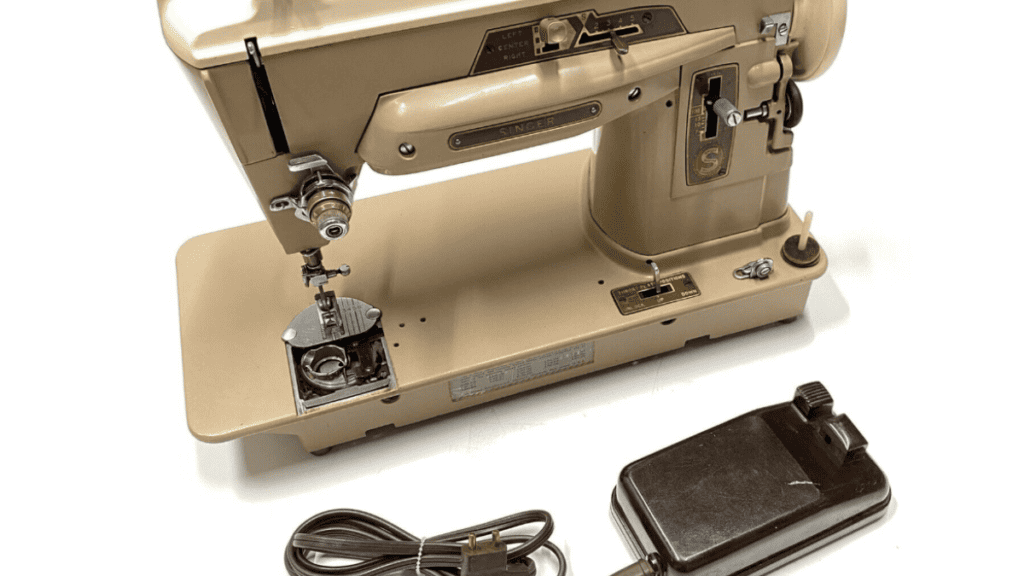
Vintage Singer sewing machines are not just tools; they’re pieces of history. When you collect them, you’re preserving craftsmanship and stories.
Why Vintage Machines Are Cherished
Nostalgia plays a massive role in collecting old Singer sewing machines. You appreciate the sentiment and the timelessness of each machine, perhaps reminding you of your grandmother’s tales.
Collectors admire these machines for their durability and high quality, recognizing that they were built to last.
Tips for Collecting and Valuing
When starting your collection or determining the value of vintage Singer sewing machines, keep the following in mind:
- Research: Learn about different models and their years of manufacture.
- Condition: Assess whether the machine is functional or purely decorative.
- Scarcity: Rare models tend to be valued higher.
- Market: Check online auctions and collector’s forums to gauge current prices.
Maintaining and Restoring Old Machines
Maintaining your old machines is key to preserving their character and functionality. Here’s what you can do:
- Cleaning: Regularly dust and oil the machine to keep it in working order.
- Minor Repairs: Replace worn belts and needles to ensure operability.
- Professional Restoration: For extensive repairs, seek a specialist in vintage sewing machine restoration.
Remember, with each Singer you save, you’re bringing a piece of the past into the present.
Using Your Singer Sewing Machine
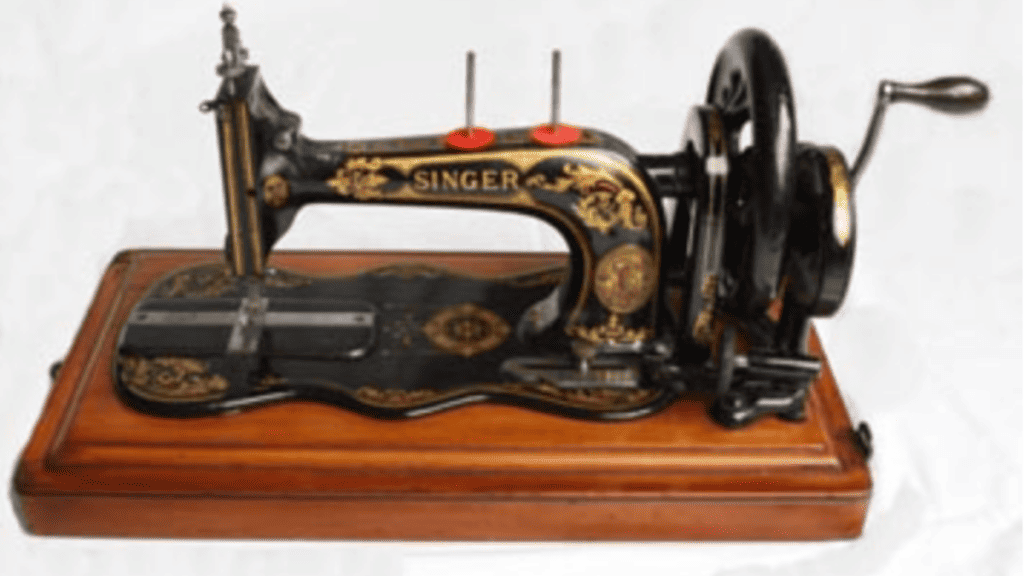
Whether you’re a beginner just unpacking your Singer sewing machine or an experienced user ready to explore advanced features, this section provides the essentials to get you started or enhance your sewing experience.
Getting Started for Beginners
When you’re new to sewing, getting your Singer machine up and running might seem daunting. Set up your machine on a stable surface and ensure you have good lighting. Your Singer treadle sewing machine harnesses leg power, so position it where you can comfortably reach the treadle.
To thread the machine, follow the instructions carefully, each Singer model has its nuances, but generally, you’ll place the spool on the spool pin, pass the thread through the guides, and use the autorelease needle threaders, if available, to get that thread through the eye of the needle with ease.
Setting up the bobbin case correctly is crucial:
- Drop the bobbin in so the thread unwinds counterclockwise.
- Pull the thread through the slit and under the tension spring.
- Leave a tail of around 6 inches.
Before starting your project, adjust the stitch length to match your fabric and desired seam strength. A shorter stitch is stronger and ideal for heavy fabrics, while a longer stitch can be quicker for basting or light fabrics.
Advanced Features for Experienced Users
Once you’re comfortable with the basics, your Singer sewing machine has a lot to offer. With advanced models, you might find programmable patterns and customizable stitches.
Free motion sewing offers a new level of creativity, especially for quilting or decorative stitching. Here’s how you can maximize these advanced features:
- Use programmable patterns to add professional touches to your work.
- Experiment with different foot attachments for tasks like hemming or attaching buttons.
- Delve into free motion sewing by dropping the feed dogs (the metal teeth under the needle) and moving your fabric freely in any direction.
Remember to regularly clean and oil your machine, especially after extensive use, to keep it running smoothly and to ensure the longevity of your Singer sewing machine.
Singer’s Global Impact and Legacy
Singer’s rise to a leading manufacturer of sewing machines has had a substantial impact on both global manufacturing and industry practices. The brand’s legacy is intertwined with significant innovations and worldwide influence.
Manufacturing Impact Worldwide
The Singer Factory played a pivotal role in transforming the manufacturing world. As you explore the history, you’ll see that the Singer Company expanded its operations across the globe, establishing factories in different countries.
This move was instrumental in popularizing the mass production model, where various parts could be made in separate locations and then assembled on-site.
The establishment of Singer factories overseas not only revolutionized the concept of production but also contributed to the globalization of manufacturing.
- Locations: Singer’s earliest factories were located in New York and Glasgow, major industrial hubs.
- Workforce: By providing employment worldwide, Singer contributed to economic development in many regions.
- Production: Singer’s factories could produce vast quantities of sewing machines, showcasing the efficiency of the company’s production techniques.
Innovations That Shaped the Industry
Your appreciation of Singer’s legacy is incomplete without acknowledging its contributions to industrial innovation.
Regarded as some of the greatest inventions of the 19th century, Singer sewing machines introduced features that defined the modern sewing industry.
Isaac Singer, one of the richest men of his age, played a significant role in this innovation landscape by improving the design, functionality, and efficiency of the sewing machines.
- Notable Innovations:
- The first practical and efficient sewing machine
- Introduction of the foot pedal or treadle, replacing hand-cranked models
- Industry Standardization: The company set industry standards by providing uniformly made parts that could be easily replaced or repaired.
- Consumer Accessibility: It offered installment payment plans, making these once-expensive machines accessible to average consumers.
Sourcing Singer Sewing Machine Parts and Accessories
Whether you’re looking to maintain a vintage model or update your current Singer sewing machine, finding the right parts and accessories is crucial.
You’ll want to search for components that are compatible and ensure that they match the specific functionalities of your Singer machine.
Finding Replacement Parts
When seeking replacement parts, you’ll first need to identify the part number or model of your sewing machine.
This is especially important for vintage Singers, as parts aren’t universally interchangeable. Here’s a breakdown of common parts you might be looking for:
- Slide Plate: Check for compatibility; certain vintage machines may require specific plates.
- Bobbin Winder: Ensure it fits the spindle of your machine.
- Sewing Machine Belts: Measure the old belt for length or refer to the model number.
Authorized Singer dealers and online marketplaces are good starting points. Keep an eye out for these details:
- Description: Clear and matches your machine’s model.
- Compatibility: Confirmed with your Singer’s manufacturing details.
- Quality: OEM (Original Equipment Manufacturer) or high-rated aftermarket parts.
Accessorizing Your Singer Sewing Machine
Enhancing your sewing experience can be as simple as adding new accessories. Here’s a list tailored for Singer sewing machines:
- Presser feet: Great for different stitching styles.
- Protective cases: Keep your machine dust-free.
- Extension tables: Expand your working area for large projects.
Look for accessories that cater to similar technologies in other models, providing you with a broader range of options. Before purchase, consider:
- Functionality: Does it serve the purpose you’re aiming for?
- Compatibility: Always confirm it’s designed for your Singer model.
By focusing on parts and accessories that are designed for your specific machine, you can keep your Singer sewing machine running smoothly and expand its capabilities to suit your sewing projects.
The Singer Sewing Community
The Singer Sewing Community is vibrant and supportive, connecting you with people who share a passion for Singer sewing machines.
Whether you’re just starting out or you’ve been stitching for years, this community can meet your sewing needs through various clubs and online resources.
Online Resources
You might be surprised to find local clubs where Singer enthusiasts gather to discuss their machines. These clubs might not be in every city, but they’re worth looking for in your local market.
Plus, joining the International Sewing Machine Collectors Society (ISMACS) is a fantastic way to tap into a wealth of knowledge on Singer machines, both old and new.
Online, your options expand even more with forums and Facebook groups dedicated to Singer models. Here’s a short list to help you connect:
- ISMACS Email Digest: Stay updated with the latest news and discussions.
- Singer Sewing Machine Facebook Groups: A place for you to share stories or ask simple questions.
- Instagram: Hashtags like #SingerSewingMachine can lead you to an array of posts from fellow enthusiasts.
Sharing Tips and Sewing Stories
Your sewing experience can be enriched by connecting with others to share tips and stories.
Whether it’s figuring out the workings of a vintage model or mastering the latest Singer sewing machine, swapping stories is where the magic happens.
Twitter can be great for quick tips, where sewing influencers often post useful snippets of information.
If you’re more visually inclined, Pinterest boards can be a treasure trove of Singer-based DIY sewing project ideas.
Remember, every stitch you make and every story you share adds to the rich fabric of the Singer Sewing Community.
Caring for Your Singer Sewing Machine
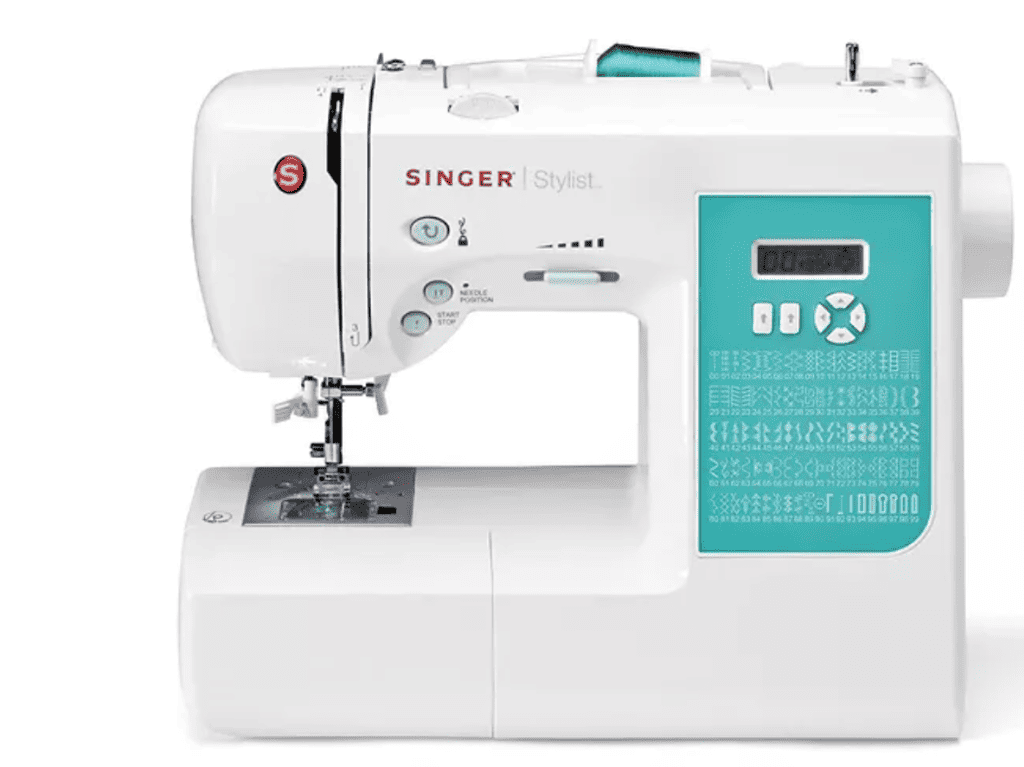
To keep your Singer sewing machine in top shape, routine care and knowing how to address common issues are key.
Whether it’s your first time with a Singer or you own older models, these tips will help extend your machine’s lifespan and maintain its performance.
Routine Maintenance
Cleaning: After every project, take a moment to clean out the dust and lint from under the needle plate.
Use a small brush to keep the area around the front panel and bobbin case clear. If you’re using long bobbins, ensure they’re clean before inserting them into the machine.
Oiling: Apply sewing machine oil lightly and precisely to moving parts as directed in your Singer machine’s manual. If you own older models, they may require oiling more frequently. Use only sewing machine oil to avoid damage.
- Needles: Change your needle after approximately 8 hours of sewing, or after each project for the best results. Dull or damaged needles can cause skipped stitches and damage your fabric.
Thread Quality: Always use high-quality thread to prevent excess lint and ensure smooth stitching.
- Bobbin Winding: Make sure the bobbin is evenly and correctly wound to avoid tension issues. Wind it slowly for consistent results, especially for those longer bobbins in some vintage models.
Belts: Inspect and adjust the tension of the belt regularly if your model has one. Replace the belt if you notice any wear or damage.
Troubleshooting Common Issues
Skipped Stitches: This could be due to a bent needle or incorrect threading. Re-thread the machine according to the instructions and replace the needle if necessary.
- Tension Problems: If the stitches are too tight or too loose, adjust the tension dial. For those with older Singer machines, refer to the manual as the tension system may be different.
Bobbin Issues: If the machine is not picking up the bobbin thread, check that the bobbin case is inserted correctly and the bobbin is not too full or improperly wound.
- Unresponsive Machine: If your machine isn’t starting, ensure that it’s properly plugged in and that the power switch is on. Older models may have issues with the foot pedal, so check for any loose connections.
Remember, always refer to your specific model’s manual for detailed instructions, especially if you’re working on an older Singer.
Regular attention to these areas will prolong the efficiency and precision of your sewing machine.
Buying a Singer Sewing Machine
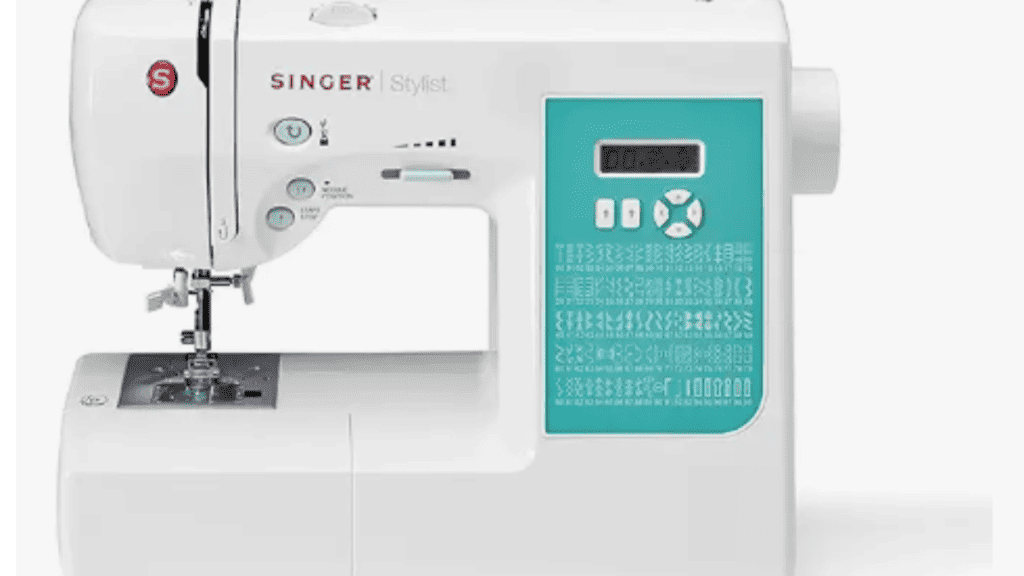
When you’re in the market for a sewing machine, it’s crucial to find the right Singer model that meets your needs and fits your budget.
Choosing the Right Model for Your Needs
The Singer Sewing Machine Company has released various models over the years, each designed with specific features and capabilities. Start by considering the class number.
For basic home use, you might look into the new family class, also known as the Singer Class 15. It’s a versatile and reliable choice, ideal for beginners and those requiring a machine for occasional repair work.
If your sewing tasks are more intensive or you’re interested in quilting or embroidery, you’ll want to investigate more advanced models like those from the Singer 201 or 221 class (often referred to as Featherweight).
Be clear about what fabric types you’ll be working with and the sewing techniques you plan to use, so your model choice won’t limit your creativity.
Understanding Value and Pricing
Singer sewing machines can range from reasonable prices for basic models to higher costs for advanced or antique machines.
Make a note of the key features you need and set your budget accordingly. Keep an eye out for:
- Beautiful bargains: Occasionally, you might find pre-owned machines that are still in excellent condition. These can offer great value, as long as they are well-maintained.
Here’s a simple pricing table to help you weigh your options:
| Model | Class | Estimated Price Range |
|---|---|---|
| New Family | Class 15 | $50 – $150 |
| Featherweight | Class 221 | $350 – $500 |
Remember, the best deals come to those who take the time to research and compare. Check out local sewing shops, online marketplaces, and sewing forums for a diverse range of options and prices.
Singer Sewing Machine Resources
Vintage Singer Sewing Machines
Fabric Giveaway
Enter our monthly fabric giveaway. Simply complete the tasks daily and you will be entered into the drawing. Winner will be randomly drawn on the first day of the month and notified via email
